Travel through the stacks and carrels of University of Wisconsin-Madison libraries in search of Bucky Badger archival images and materials with UW-Madison’s Head of Archives Katie Nash.
Bucky! — PBS Wisconsin’s new documentary narrated by comedian Charlie Berens — premieres 7 p.m. Tuesday, Dec. 2. In anticipation of the film, we caught up with Nash to uncover and investigate how she located the archival images and documents that helped bring our favorite furry mascot’s history to life.
The film will be available to stream shortly after broadcast at pbswisconsin.org/bucky and on the free PBS app on all streaming devices and smart TVs.
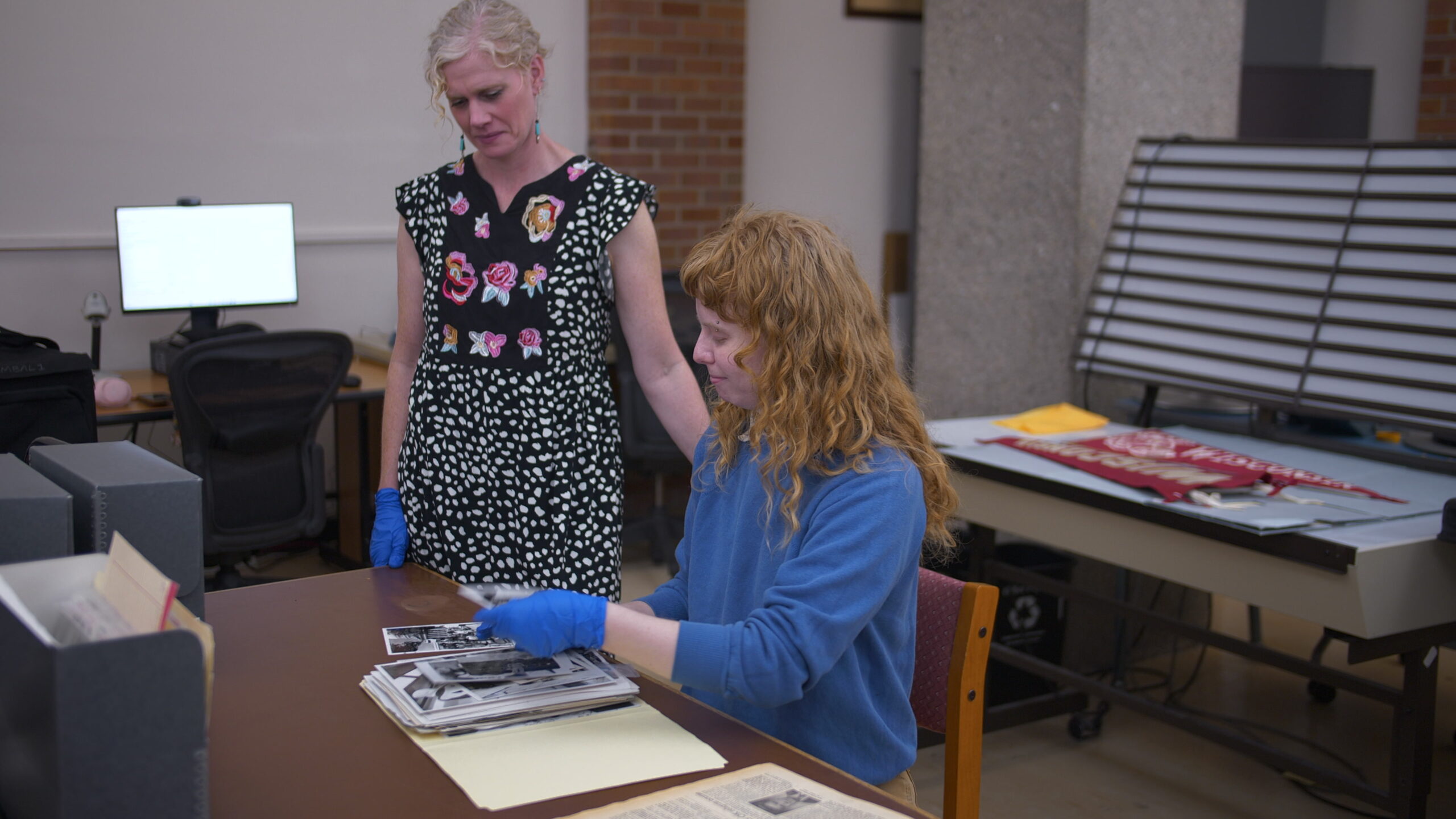
UW-Madison Head of Archives Katie Nash (left) and PBS Wisconsin archivist Clara Wolfe (right).
PBS Wisconsin: How long have you been on the UW campus, and have you seen your fill of Bucky-related school spirit items?
Katie Nash: I have been at UW-Madison since 2018. This is the first large, R1 public research institution that I have worked at. The school spirit is like nothing I’ve experienced anywhere else. The number of W’s and Buckys that I see everywhere is fascinating. It’s not just a Madison or UW-Madison thing. This is statewide.

Bucky Badger mascot drawn by illustrator Art Evans. Photo courtesy of UW-Madison Archives and The Board of Regents of the University of Wisconsin System.
PBS Wisconsin: Aside from straightforward locations that come to mind when looking for Bucky Badger content in the archives, how did you go about finding the materials for Bucky! from more subtle locations that added richness and depth to the film?
Nash: When looking for Bucky Badger materials, there were obvious places like the student newspapers The Badger Herald and The Daily Cardinal – and yearbooks. But when we met a couple of dead ends, [PBS Wisconsin archivist] Clara [Wolfe] and I had to think creatively together to determine where else Bucky showed up. This is where having a deeper knowledge of the collection helped us identify some of those areas.
For example, it was remarkable to see all of the different buttons that we have. I just happened to know that this particular set of collection material has a lot of Bucky sprinkled within it. It was really fun to go through the different iterations of Bucky on buttons from the 1950s, ‘60s and ‘70s and to watch how it changed over the years.
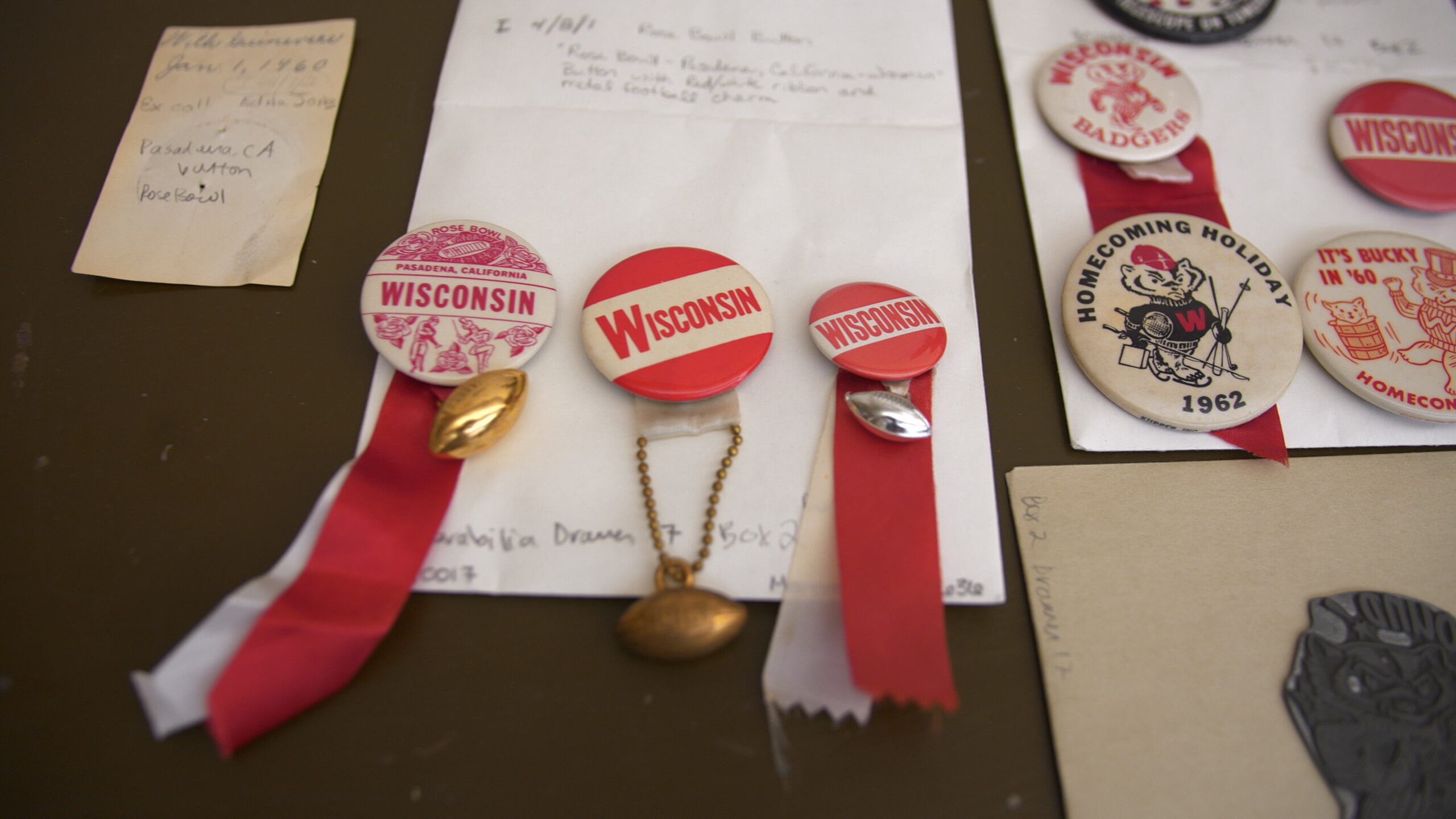
A collection of vintage Wisconsin Badgers memorabilia is displayed on a table. Items include buttons and badges with red ribbons, featuring “Wisconsin” text, mascots, and dates like 1962. Image courtesy of the UW-Madison Archives and The Board of Regents of the University of Wisconsin System.
PBS Wisconsin: It has to be a moment of pride that your team was heavily involved in this project.
Nash: It was fun to see because it’s not only that the UW-Madison Archives team has done the work to make the archived materials discoverable – they’ve also done the work to get them into a format that is now accessible to people. If we have an item that sits on a shelf and we don’t have the means to actually make it accessible to a wide audience. The awesome thing about some of these projects is that there are resources that can be put towards collaboration to make our collection material accessible to a wider audience. It’s a win-win for both parties.
I love these collaborations, partnerships and projects where we are working with a group or a person that is either creating and generating new information, new ideas or new research from all the different collections that have been collected over the years in university archives. With Bucky! it’s so rewarding to see some of the materials that are part of University Archives, their role and seeing them appear in a bigger picture. Through documentaries like this, it really helps these materials come to life.
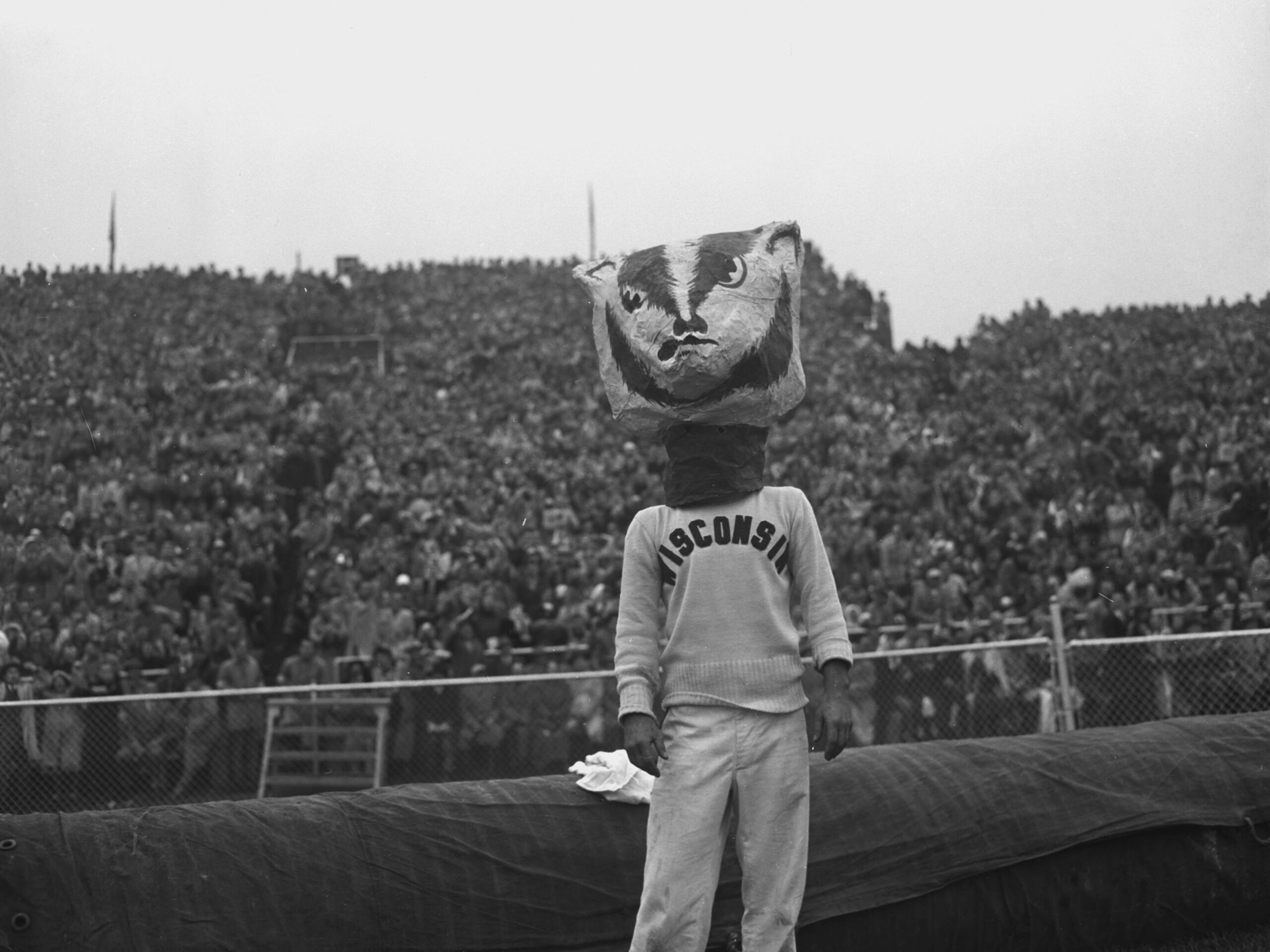
Cheerleader Bill Sagal debuts the first Bucky Badger head at Camp Randall Stadium during the 1949 University of Wisconsin-Madison Homecoming football game against the University of Iowa. Image courtesy of the UW-Madison Archives and The Board of Regents of the University of Wisconsin System.
PBS Wisconsin: What should the Bucky! audience know about UW-Madison Archives?
Nash: The archives are open to everyone. We are a resource for campus. We’re a resource for the public, for alumni and we all are passionate about caring for these materials that help tell the stories of the university so people can continue to have access to them. We do a lot of work with campus partners on different milestone celebrations. We’re a resource and people can reach out, and we will help them the best that we can.
 Passport
Passport
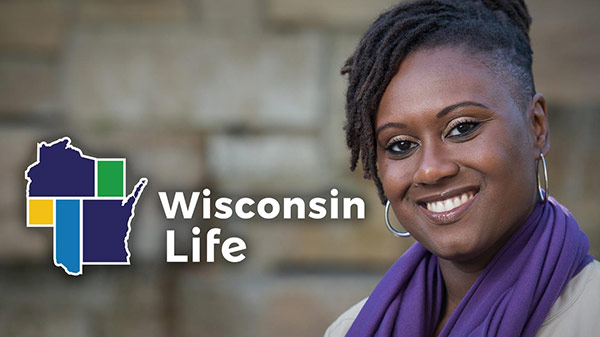
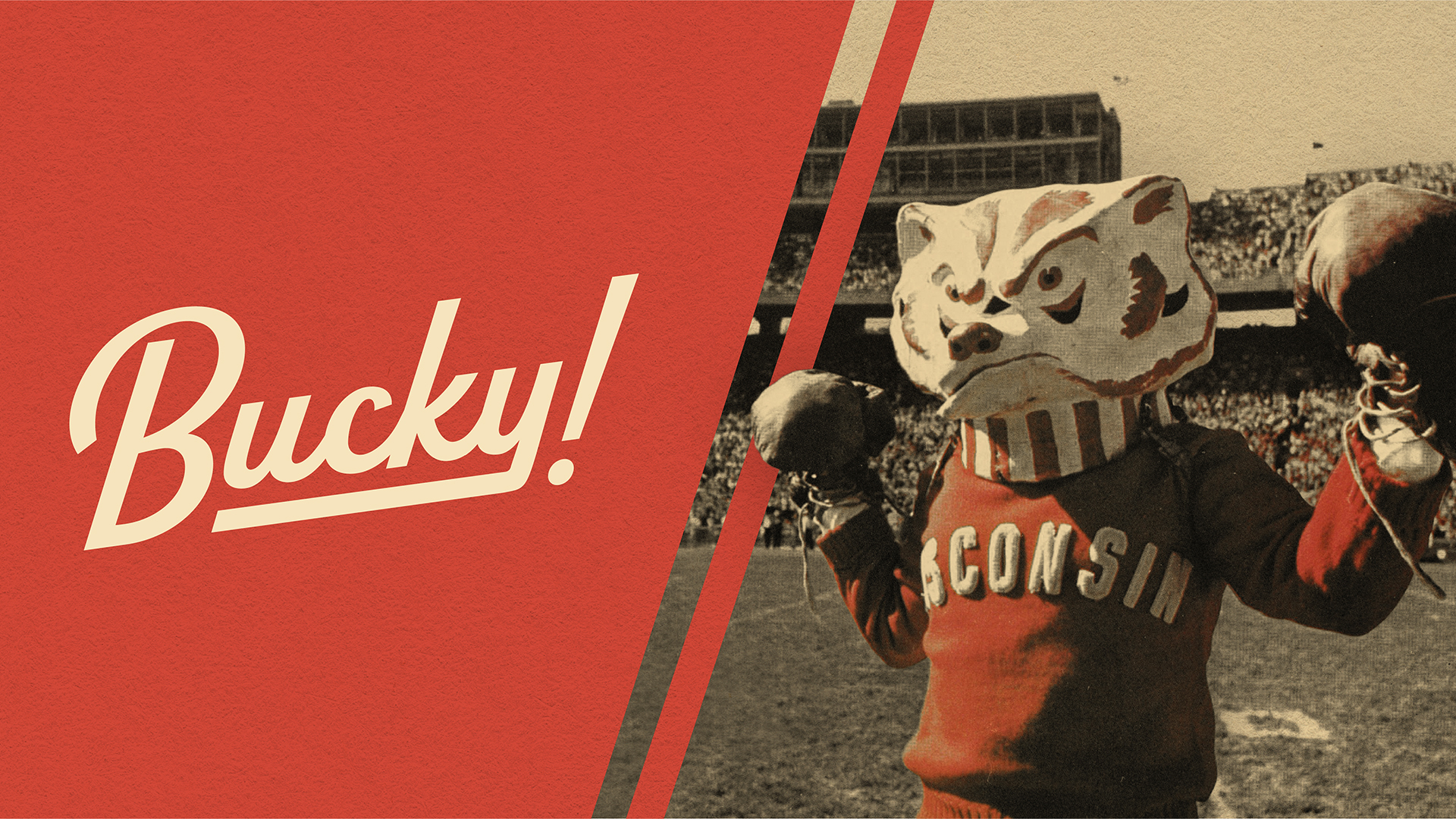
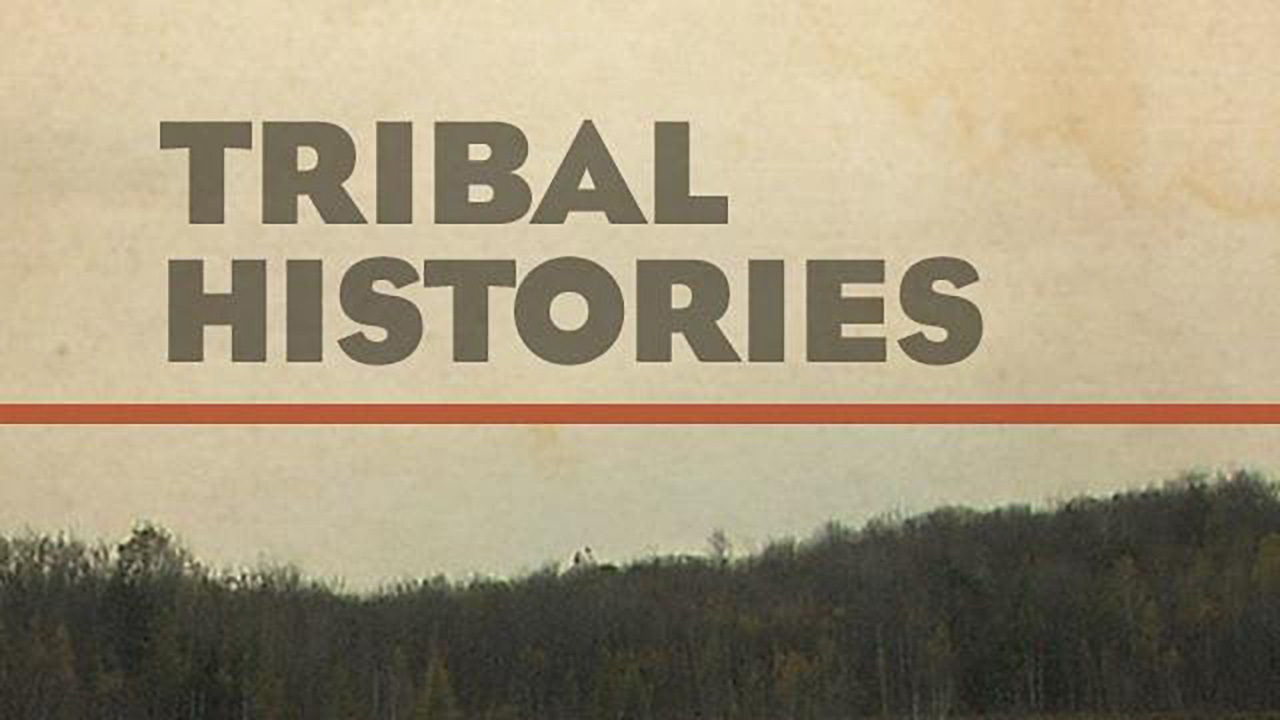
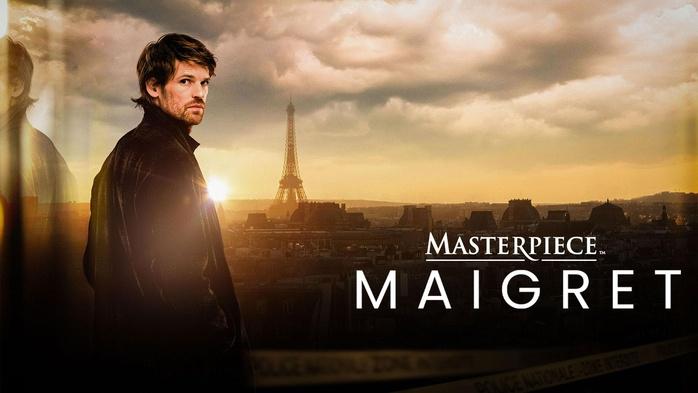






Mary Hotchkiss
Ok- this is sooooo cool!!!
Is there an easy way for me to share this with my family all over the US?
I don’t use FB or twitter or any social media…yup- I’m a dinosaur- or adverse to social media actually….
Thanks
Mike DeVine
Hello Mary,
Bucky! will be available for on-demand viewing at https://pbswisconsin.org/bucky beginning Dec. 3. We hope you will be able to tune in. Thank you and On, Wisconsin!